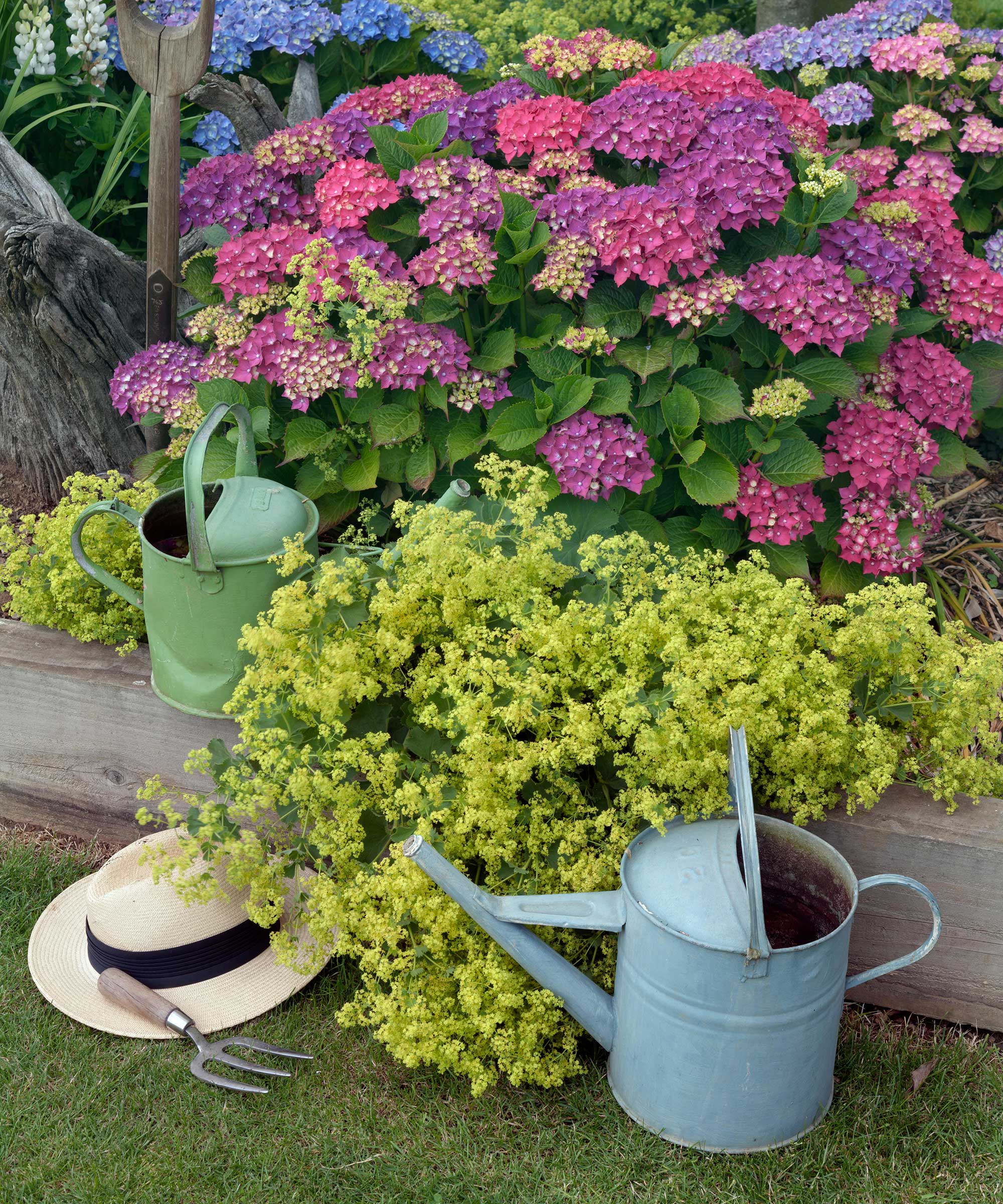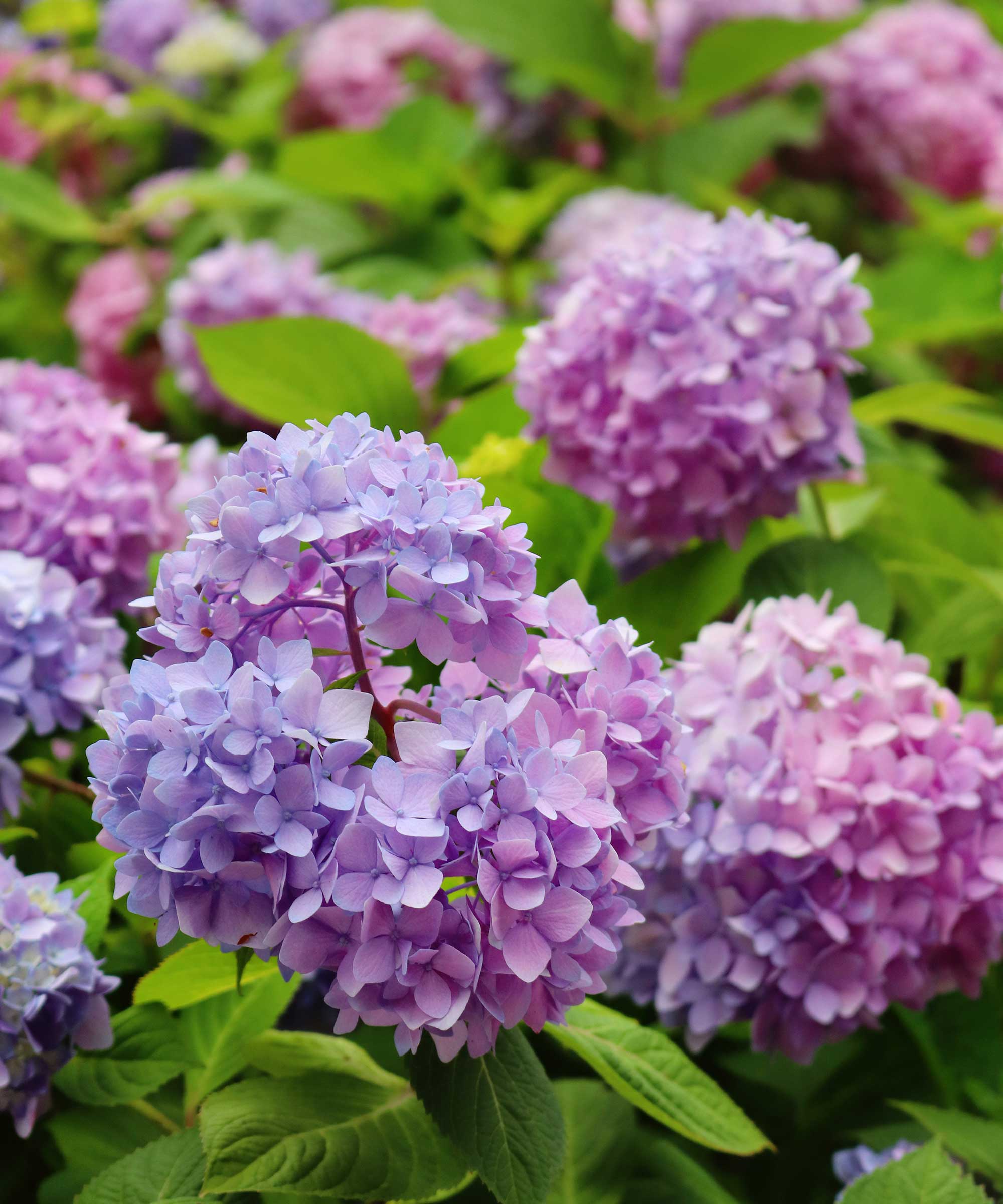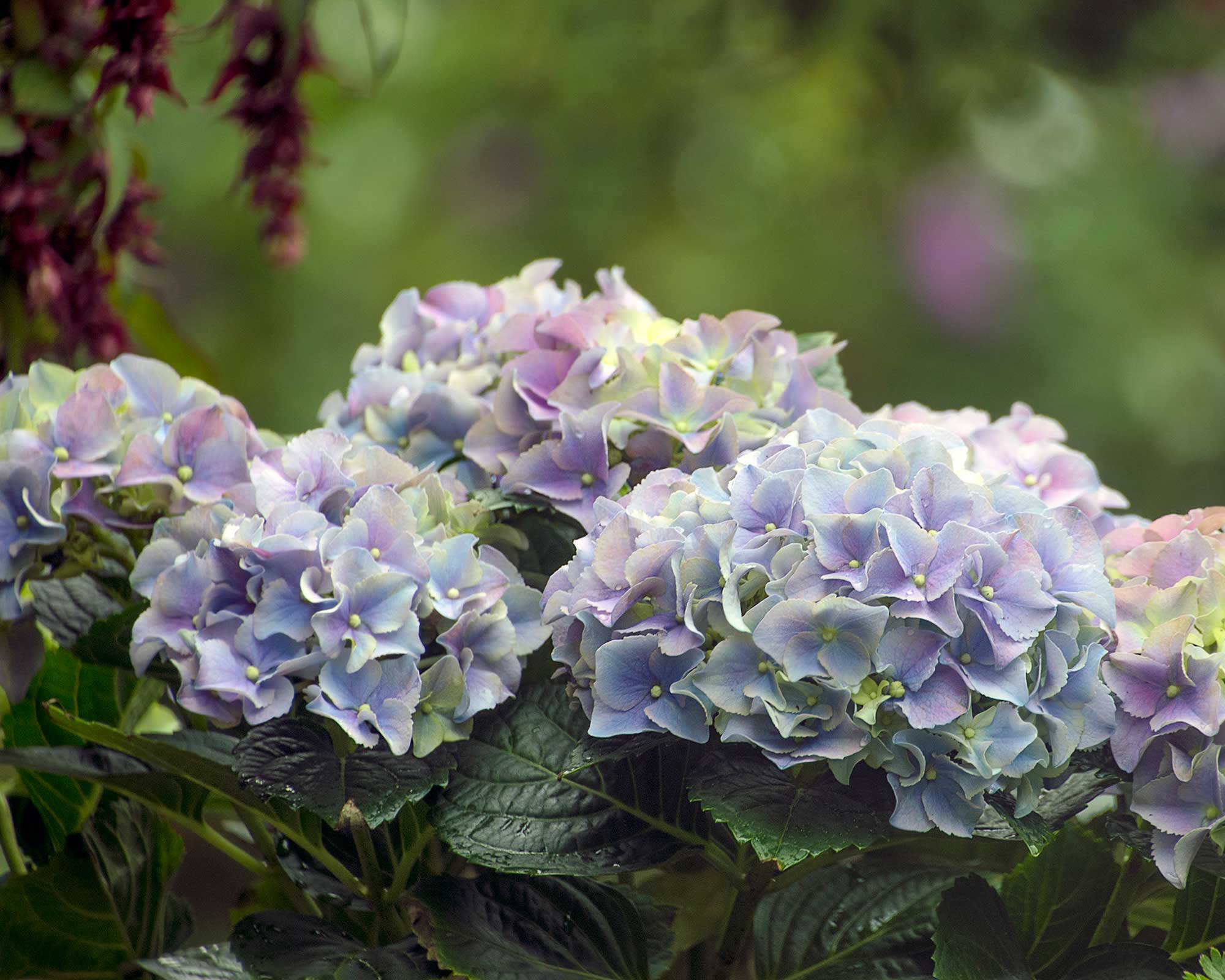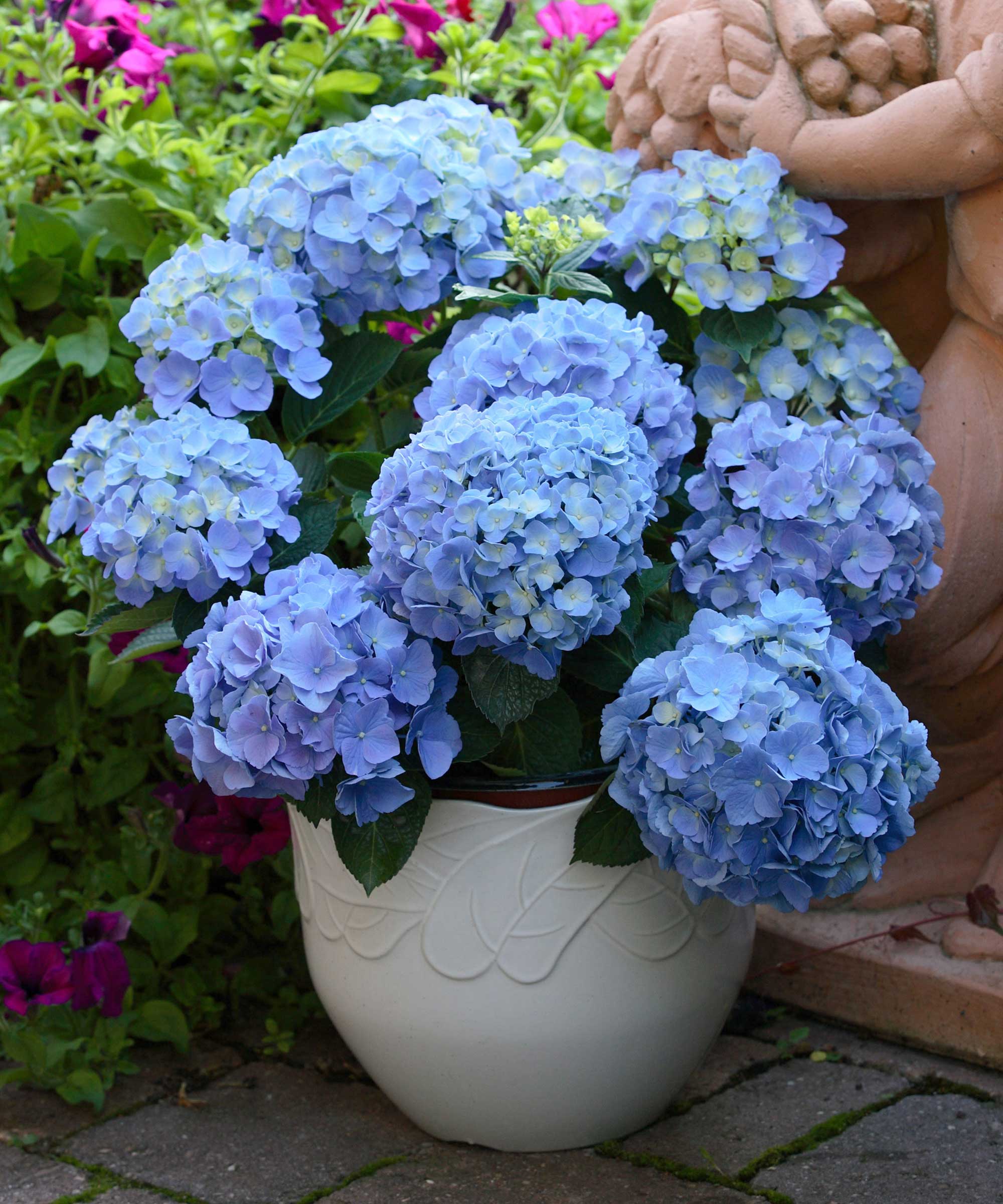Why is my hydrangea not blooming? 5 potential problems and solutions
Is your hydrangea not blooming? Try these tips for getting these shrubs to flower again


Hydrangea not blooming? There could be a few reasons why, and luckily, most can be fixed.
Having had a resurgence over the last few years, hydrangeas are a valuable addition to a planting scheme for their statement structure. But the most appealing feature of these shrubs has to be their giant flower heads in bright blue or pink, or in some varieties, such as 'Annabelle', a dazzling white. So, if yours isn't blooming, you'll likely feel disappointed.
However, in many cases, all it takes is a few adjustments to your hydrangea plant care routine to get those beautiful flowers back. Our top tips can help.
5 possible reasons for a hydrangea not blooming and how to remedy them
If you're having problems with your hydrangea not blooming, try these tips.
1. Pruning hydrangeas incorrectly
'One of the most common reasons why hydrangeas fail to flower is incorrect pruning,' says Gardening Editor of Amateur Gardening magazine, Ruth Hayes.
In most cases, hydrangea pruning should be done in late spring, she explains, or even later in colder areas. This is because 'the previous year's old flower heads help protect the new growth from frost.'
If your hydrangea has failed to flower, Ruth suggests feeding it monthly with sulfate of potash throughout summer, then leaving it unpruned until late next spring.
'When you prune, reduce stems to a healthy pair of leaf buds, then feed with a general-purpose fertilizer, water, and mulch over the root area,' she adds.
However, do bear in mind that some hydrangeas need pruning after they've finished flowering in late summer – so double check which approach is suitable for your plant.

Correct pruning can encourage your hydrangea to bloom
2. Too much or too little water
Watering plants correctly is fundamental to their health, so if your hydrangea isn't flowering, this could be part of the problem.
As the RHS explains, 'shrubs often fail to flower after drought,' whether that's from this year or last. Keeping the compost around your hydrangea moist, particularly in periods of dry and sunny spells, can help keep it healthy and flowering well. Mulching is a good way to help the soil retain moisture.
Be careful you don't overwater, though, as this can lead hydrangeas' roots to rot, leaves to drop, and flowers to fail to form. So ensure that the soil around your shrub is well-draining. If you're caring for hydrangeas in pots, raising them up on pot feet can help prevent compost from becoming waterlogged.

Avoid allowing the soil around your hydrangea to dry out
3. Excessive feeding
Although fertilizing plants can be very beneficial in helping them grow strong, too much of a good thing can be detrimental. This is particularly the case if you're using a nitrogen-rich feed, which will encourage plenty of lush green leaves – at the expense of blooms.
Bear in mind that mulches made up of poultry manure or farmyard manure can also be high in nitrogen, as the RHS explains. So, it may be wise to stop using these if you've noticed fewer flowers on your shrubs.

Nitrogen-rich fertilizers can encourage lush leaves, but less flowers
4. Planting your hydrangea in the wrong place
Although hydrangeas are generally regarded as fuss-free, if yours isn't flowering, its immediate environment could be to blame.
Many hydrangeas are tolerant of light shade, but do check the variety of yours first before planting it in a gloomy spot in your garden – it may need more sunlight than you assume.
What's more, if your hydrangea is in a very exposed site, it's more likely to succumb to frost damage which can prevent buds from flowering. And speaking of frost – you'll also want to check that the hydrangea varieties you buy are suitable for your region in terms of their hardiness.
If you think yours could benefit from a new position in your plot, take into account the fact that shrubs can take a little time to re-establish. So, don't worry if it takes a year or so to re-flower properly.

Ensure the hydrangea you choose is suitable for your hardiness zone
5. Letting your hydrangea become pot-bound
Plants grown in containers can become pot-bound, which is where their roots become congested and restricted. This can lead to them suffering from drought and a lack of nutrients, explains the RHS.
If you're having trouble getting your pot-grown hydrangea to bloom, this could be the reason. Re-plant it in a larger pot in fall, once it has finished flowering.

Hydrangeas will need to be transferred to a larger pot as they grow

The garden was always a big part of Holly's life growing up, as was the surrounding New Forest where she lived. Her appreciation for the great outdoors has only grown since then. She's been an allotment keeper, a professional gardener, and a botanical illustrator – plants are her passion.
